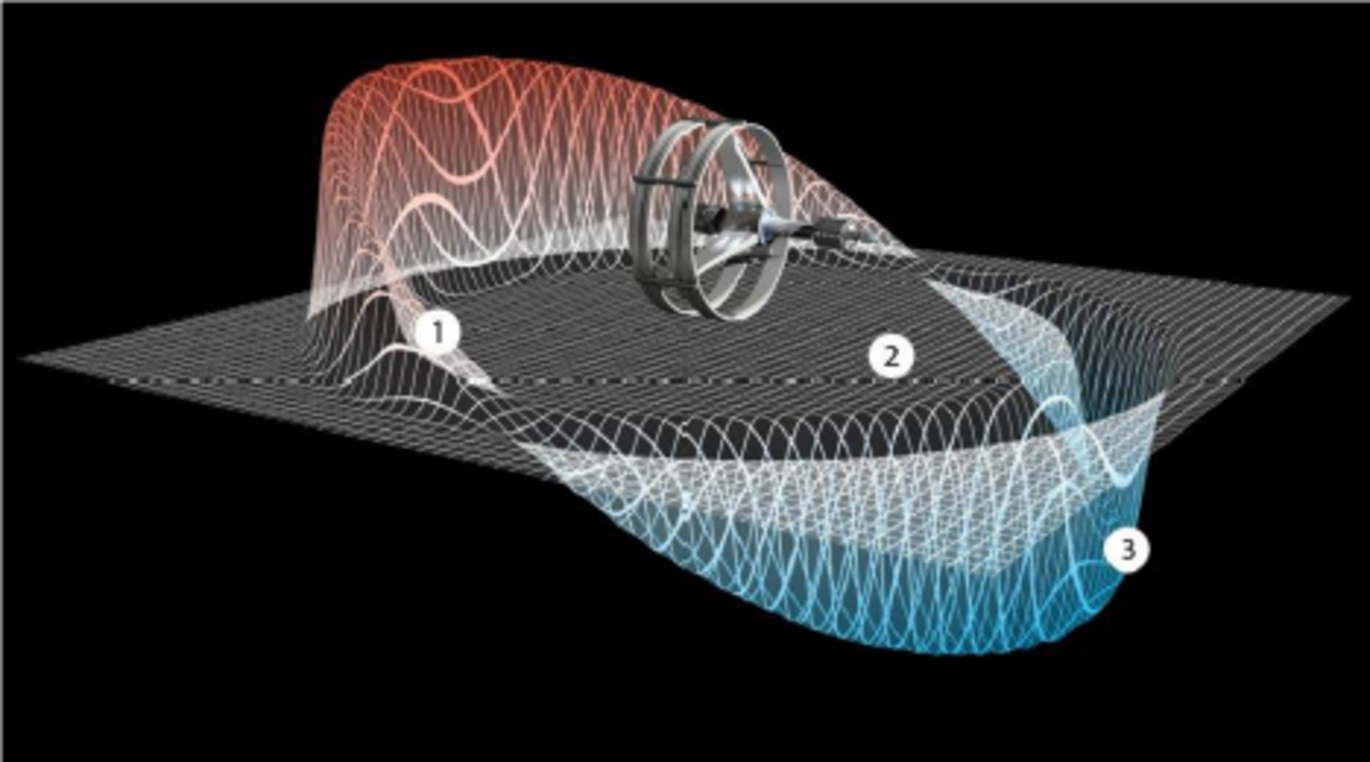Studenterkollokvium, Sara Gallegos Buenrostro: The Warp Drive: Exploring the Science Fiction and Reality of Space Travel

Oplysninger om arrangementet
Tidspunkt
Sted
Fys. Aud.
Supervisor: Thomas Tram
In this talk, we will explore the Alcubierre metric and its relationship to the warp drive concept featured in Star Trek. By examining the scientific principles underlying the warp drive, we can gain a deeper understanding of the challenges and possibilities of interstellar travel. We will also consider the broader implications of space travel at or near the speed of light, including time dilation, relativistic effects, and the potential for future discoveries.
Since the dawn of humanity, humans have always been fascinated by the night sky, wondering what is beyond our planet. Space travel has been a constant pursuit, starting with primitive methods like hot air balloons and progressing to advanced spacecraft that are capable of venturing beyond our solar system. In this talk, we will take a trip through the history of space travel, and we will explore the physics behind the warp drive, including the pioneering work of physicist Miguel Alcubierre and his eponymous metric.
The history of space travel is one of triumphs and challenges. From the launch of Sputnik in 1957 to the first manned mission to the moon in 1969, space travel has been a testament to humanity's determination and technological innovation. The exploration of space has led to many groundbreaking discoveries, including new planets, black holes, and even the possibility of extraterrestrial life.
The speed of light, which is currently the fastest speed possible, presents a significant barrier to space travel. The distances between planets and stars are immense, and even with the most advanced spacecraft available, it would take years to reach the nearest star system. However, the concept of the warp drive, a theoretical propulsion system that would allow for faster‐than‐light travel, has captured the imaginations of both scientists and science fiction fans alike.
One proposed solution to the speed of light barrier is the concept of the warp drive. The warp drive is a theoretical propulsion system that would allow for faster‐than‐light travel. The idea of the warp drive was first proposed by science fiction writers, including Gene Roddenberry, the creator of the Star Trek franchise, but the theoretical physicist Miguel Alcubierre developed the mathematical framework for the warp drive with his eponymous metric.
The Alcubierre metric is a theoretical solution to the equations of Einstein's theory of general relativity, developed by Mexican physicist Miguel Alcubierre in 1994. It describes a method for warping spacetime around a spacecraft in a way that would allow the spacecraft to travel at faster‐than‐light speeds without violating the laws of physics, as the spacecraft would remain stationary within a "bubble" of warped spacetime. Alcubierre’s metric involves the use of negative energy or exotic matter to create a warp bubble around the spacecraft, which would compress spacetime in front of the bubble and expand it behind the bubble, allowing the spacecraft to travel faster than the speed of light relative to the surrounding spacetime. However, the concept of negative energy or exotic matter is purely theoretical at this time, and it is unclear whether it could be used to create a working warp drive. Nevertheless, the Alcubierre metric remains a fascinating area of research and speculation in the fields of physics and science fiction.
In order to understand all of the science and technical aspects of this talk, we will first learn the fundamental concepts of cosmology and physics. We will discuss general relativity and the concept of space travel, including the definition of metric, the speed of light, the expansion of the universe, the wrap drive, the idea of negative energy, and much more. We will also have a visual tool to help explain all of these theories and ideas through photos, simulations, and videos, and I will do a simple demonstration of how space‐time can travel while the ship remains in the same position, as this may be a difficult concept to grasp and imagine.
The idea of the warp drive continues to inspire scientists and science fiction fans alike. While we may not yet have the technology to create a functional warp drive, the possibility of traveling at faster‐than‐light speeds is an exciting prospect for the future of space exploration.
In conclusion, the history of space travel has been one of incredible achievements and ongoing challenges. The concept of the warp drive, with its foundation in the Alcubierre metric, offers a potential solution to the speed of light barrier. While it may be some time before we can create a functional warp drive, the continued pursuit of this technology represents a bold step towards unlocking the mysteries of our universe. Join us as we delve into the fascinating world of warp drive and discover what the future may hold for this exciting technology.
